Prairie flowers may seem like they belong strictly in grasslands and wide-open plains—but many of them thrive surprisingly well along coastal areas too. While the salty air, sandy soils, and strong winds might deter more delicate plants, certain prairie natives are tougher than they look.
From blanket flowers that shrug off sea breezes to coneflowers that don’t mind a bit of salt spray, these blooms bring resilience and rugged beauty to coastal gardens. Plus, their deep roots help stabilize sandy soil, making them functional as well as decorative.
Black-Eyed Susan
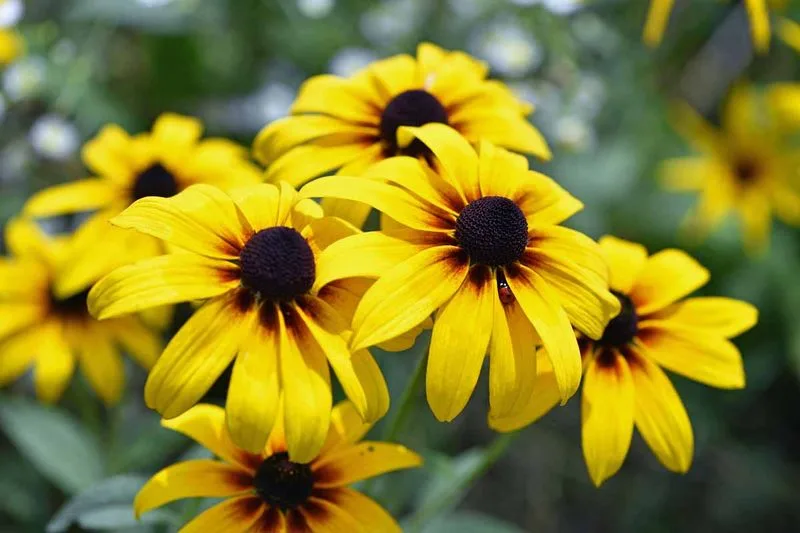
The cheerful faces of Black-Eyed Susans bring a splash of sunshine to coastal gardens. Their daisy-like blooms, with striking gold petals encircling a dark, dome-shaped center, are a favorite among pollinators. This hardy perennial thrives in sandy soils and tolerates salt spray, making it a coastal gardener’s best friend. Plant them in clusters to create a sunny meadow effect, or mix them with grasses for a more natural look. They bloom from midsummer to fall, providing a long-lasting display of color. With minimal care, they continue to thrive year after year.
Prairie Dropseed
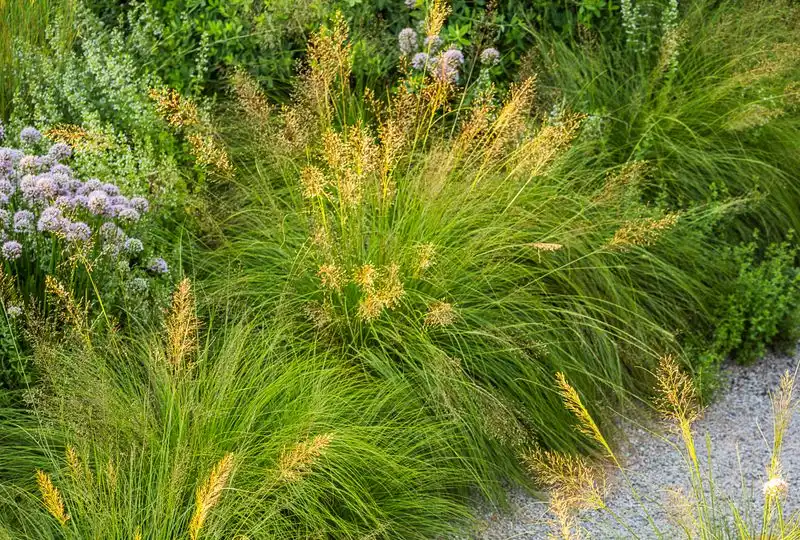
Prairie Dropseed is a graceful grass known for its delicate, arching blades and airy seed heads. Its fine texture and subtle movement in the breeze add elegance to any garden setting. This ornamental grass is well-suited to coastal conditions, tolerating sandy soils and salt exposure with ease. It emits a unique fragrance reminiscent of popcorn in late summer, providing sensory delight. Use it to define pathways or as an accent in mixed borders. Its low-maintenance nature makes it an attractive choice for both novice and experienced gardeners alike.
Purple Coneflower

Purple Coneflowers stand tall and proud, offering a vibrant display with their showy, magenta petals and spiky, dark centers. These sturdy perennials are remarkably tolerant of coastal conditions, thriving in sandy soils and enduring salt spray with ease. Their bold colors attract a variety of pollinators, including butterflies and bees, making them a valuable addition to any garden focused on biodiversity. Plant them en masse for a striking visual statement, or combine them with other native species for a more diverse planting. They bloom from midsummer to early fall.
Switchgrass

Switchgrass is a towering beauty, known for its stiff, upright stems and feathery flower panicles that dance in the wind. It’s a versatile grass that adapts well to coastal environments, thriving in sandy soils and withstanding salt exposure. Its foliage turns a striking golden hue in autumn, providing year-round interest in the garden. Use it as a backdrop for smaller perennials or as a standalone feature for a dramatic effect. This native grass is not only ornamental but also beneficial for erosion control along shorelines.
New England Aster
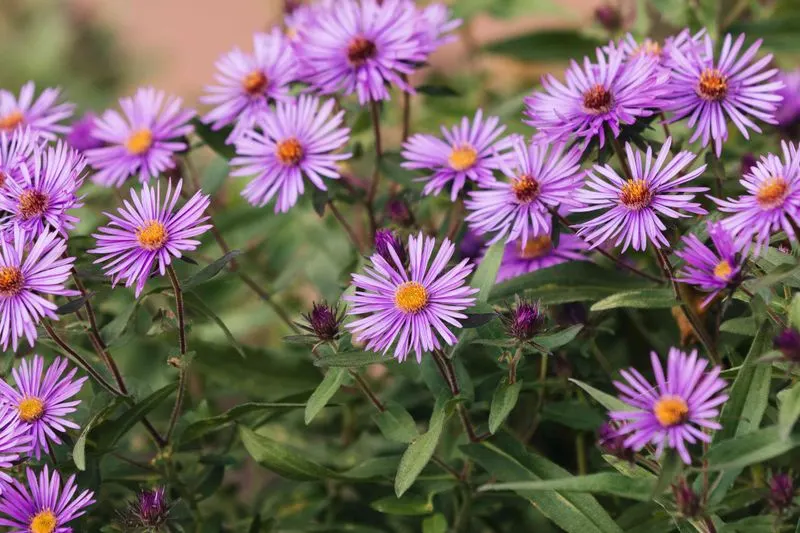
New England Asters burst into bloom with lush, purple flowers that bring a lively splash of color to fall gardens. Their bright yellow centers attract pollinators eager for late-season nectar. These asters are particularly suited for coastal areas, where they flourish in sandy soils and tolerate salty breezes. Their tall, sturdy stems make them ideal for cutting gardens, while their vibrant hues provide a striking contrast to autumn’s earthy tones. Incorporate them into mixed borders or let them stand alone as a bold statement in your landscape.
Little Bluestem
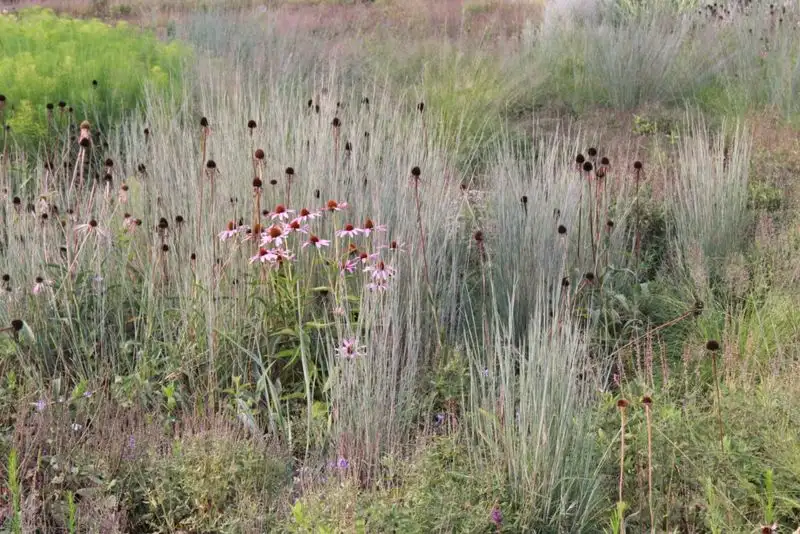
Little Bluestem is a compact grass, admired for its slender, blue-green stems that shift to a warm, rusty orange in fall. This adaptable species thrives in coastal habitats, handling sandy environments and salt exposure with aplomb. Its fluffy white seed heads add texture and interest, swaying gently in the breeze. Use Little Bluestem to create naturalistic plantings or as a complementary species in a mixed border. Its year-round appeal and low maintenance requirements make it a favorite for gardeners seeking both beauty and resilience.
Goldenrod
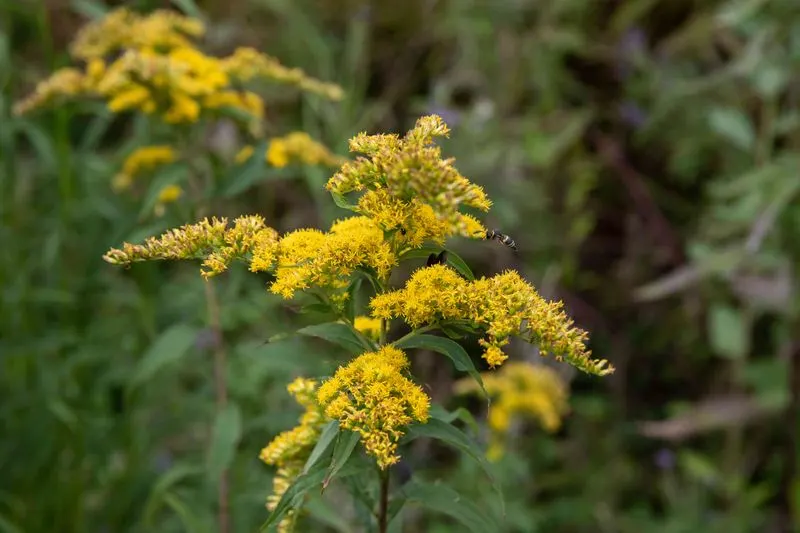
Goldenrod lights up coastal gardens with its bright yellow plumes that seem to capture the very essence of sunshine. Contrary to common belief, it doesn’t cause allergies and is a vital nectar source for migrating butterflies. This hardy plant thrives in the challenging conditions of coastal areas, including sandy and saline soils. Use it to bring a burst of color to late summer and fall gardens, where its golden hues blend beautifully with other natives. It’s perfect for informal borders, wildflower gardens, or as a natural screen.
Bee Balm
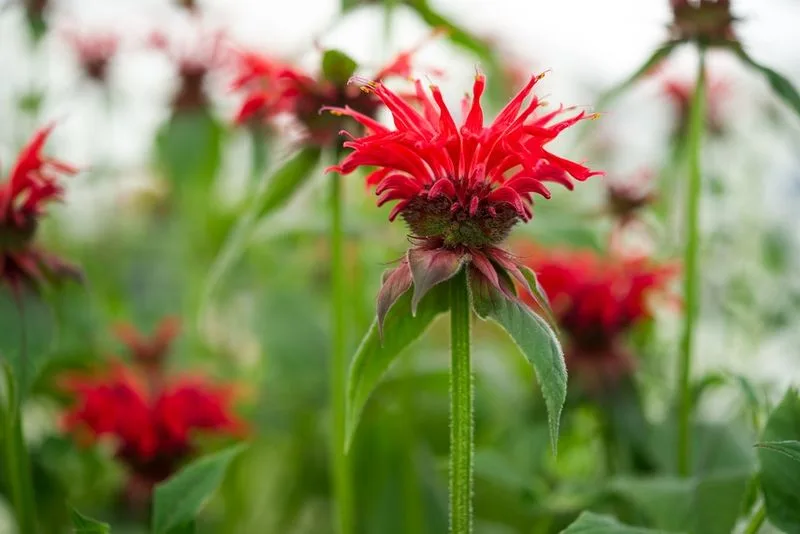
Bee Balm dazzles with its fiery red blooms that resemble a fireworks display frozen in time. This showy perennial thrives in coastal gardens, where it enjoys sunny spots and well-drained, sandy soils. Its aromatic leaves add an extra sensory layer, releasing a minty fragrance when brushed against. Bee Balm is not only a visual feast but also a haven for bees, butterflies, and hummingbirds. It adds a splash of drama to borders and is equally captivating when planted en masse. Regular deadheading promotes prolonged blooming.
Milkweed
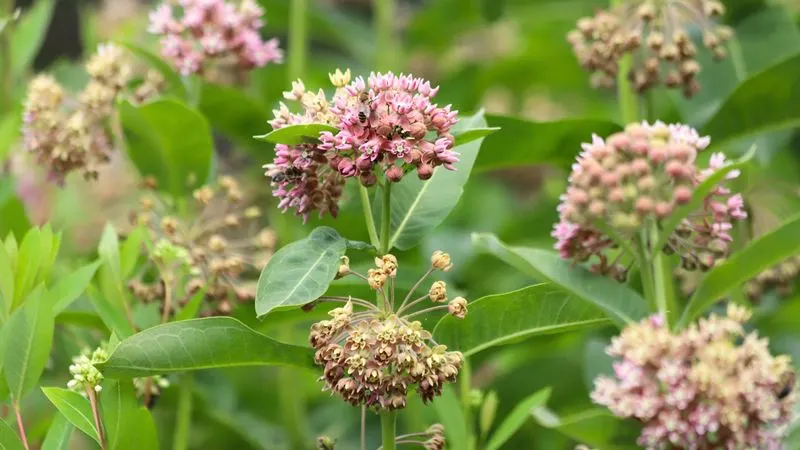
Milkweed might be best known for its role in the lifecycle of monarch butterflies, but it’s also a striking addition to coastal gardens. Its clusters of pink flowers are not only beautiful but essential for supporting pollinator populations. Milkweed thrives in sandy and well-drained soils, making it perfectly suited to coastal conditions. Its robust nature means it can withstand salty winds and minimal water, requiring little maintenance. Plant it as a part of a wildlife-friendly garden to encourage biodiversity along the coast.
Sea Lavender
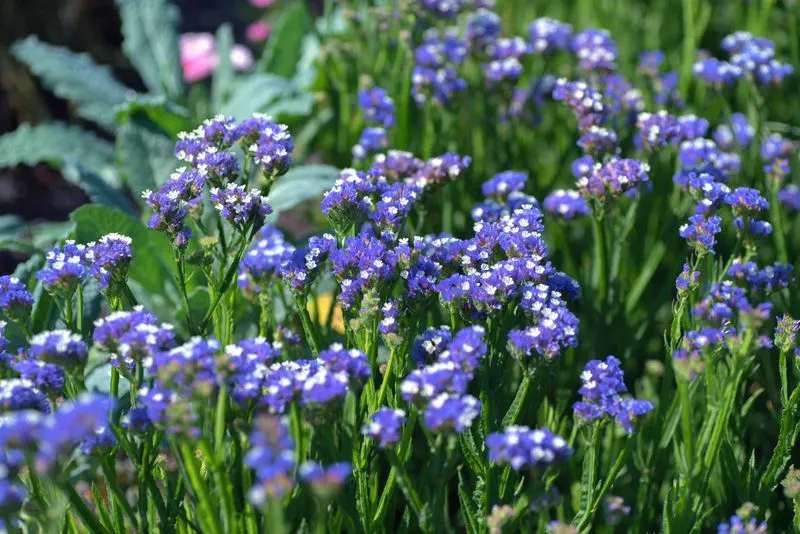
Sea Lavender enchants with its delicate purple blossoms that seem to float like a sea mist above its slender stems. This perennial is perfectly adapted to coastal conditions, thriving in sandy, saline soils where few other plants dare to grow. Often used in dried arrangements, Sea Lavender retains its color well, making it a popular choice for crafts. Its airy flowers provide a soft contrast to bolder plantings, and it’s equally at home in rock gardens or as part of a mixed border. The plant’s understated elegance belies its toughness.
Wild Indigo
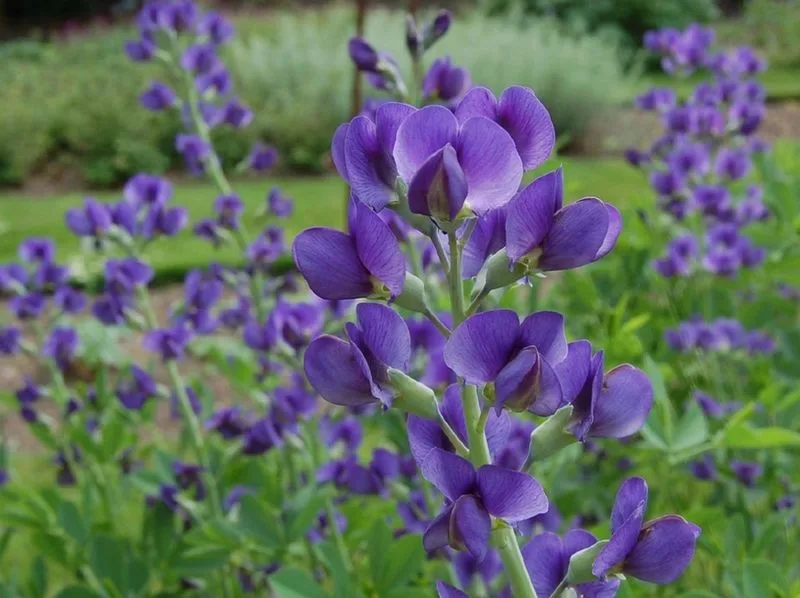
Wild Indigo captivates with its deep indigo flower spikes that rise elegantly above its silvery-green foliage. This striking plant thrives in the sandy, well-drained soils typical of coastal areas and is remarkably tolerant of salty winds. Known for its use in traditional dye-making, Wild Indigo adds historical interest to the garden. Its long blooming period and ability to attract bees and butterflies make it a valuable addition to any pollinator-friendly landscape. Plant it en masse or as a focal point in a perennial border for best effect.
Coreopsis
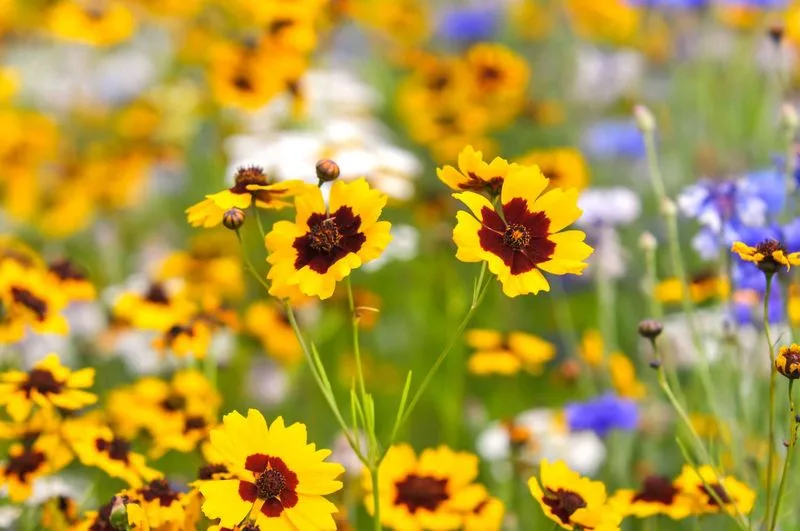
Coreopsis, often called tickseed, lights up the garden with its sunny, daisy-like blooms. These cheerful flowers are perfect for coastal conditions, thriving in sandy, well-drained soils and tolerating salt spray. Their long blooming season keeps gardens vibrant from early summer into fall. Coreopsis requires little maintenance and is drought-tolerant, making it an ideal choice for sustainable gardening. Use it in mass plantings for a sea of yellow, or combine it with other prairie flowers for a varied tapestry of color and texture.
Butterfly Weed
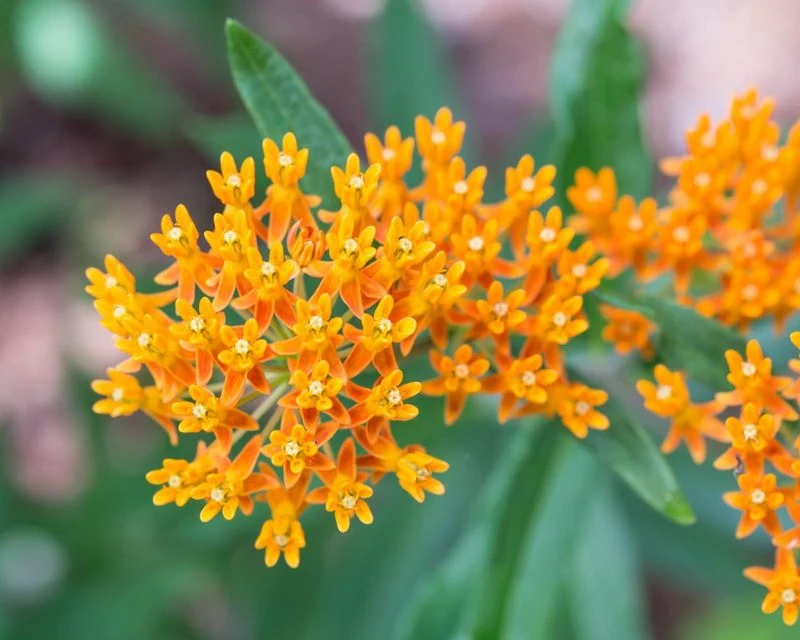
Butterfly Weed is a magnet for pollinators, with its vivid orange blooms that stand out in any setting. Perfectly suited to coastal conditions, it thrives in sandy, well-drained soils and handles salty breezes with ease. This perennial is a key player in supporting monarch butterfly populations, providing crucial habitat and food. Its vibrant color makes it a standout choice for borders or wildflower gardens. Butterfly Weed’s low water needs and tough nature align well with sustainable gardening practices along the coast.
Golden Alexanders
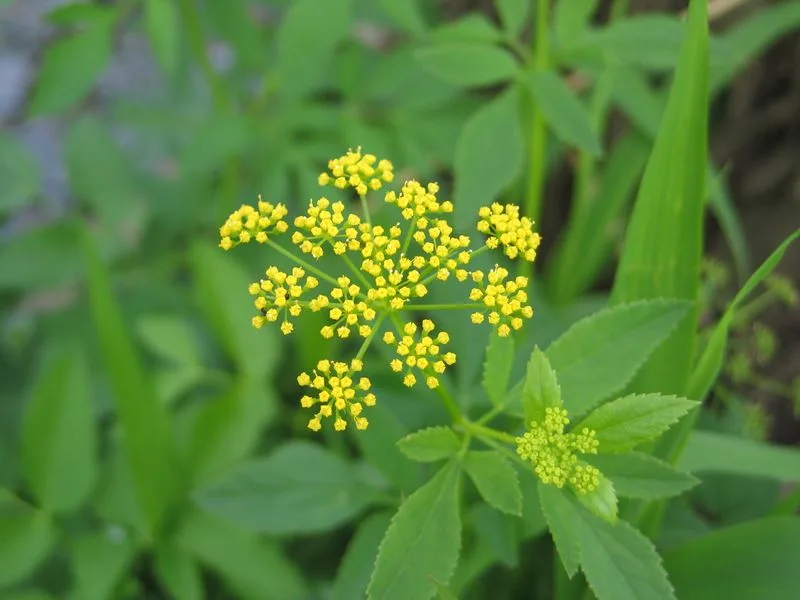
Golden Alexanders bring a burst of sunshine with their bright yellow umbels that contrast beautifully against lush green foliage. This perennial flourishes in coastal gardens, thriving in sandy, moist soils typical of seaside locales. It’s an excellent choice for adding early-season color, as it blooms from late spring into early summer. Golden Alexanders support a variety of pollinators, contributing to a biodiverse garden ecosystem. Use them in wildflower meadows or as part of an informal border, where their cheerful blooms can shine.
Anise Hyssop

Anise Hyssop draws attention with its tall spikes of lavender-purple flowers and aromatic, anise-scented leaves. This perennial is well-suited to coastal gardens, where its preference for well-drained, sandy soils and full sun is easily met. Anise Hyssop is a magnet for pollinators, attracting bees, butterflies, and hummingbirds to its nectar-rich blooms. Its fragrant foliage is an added bonus, releasing a sweet scent when brushed against. Plant it in borders or herb gardens for a delightful combination of beauty and utility.
Penstemon
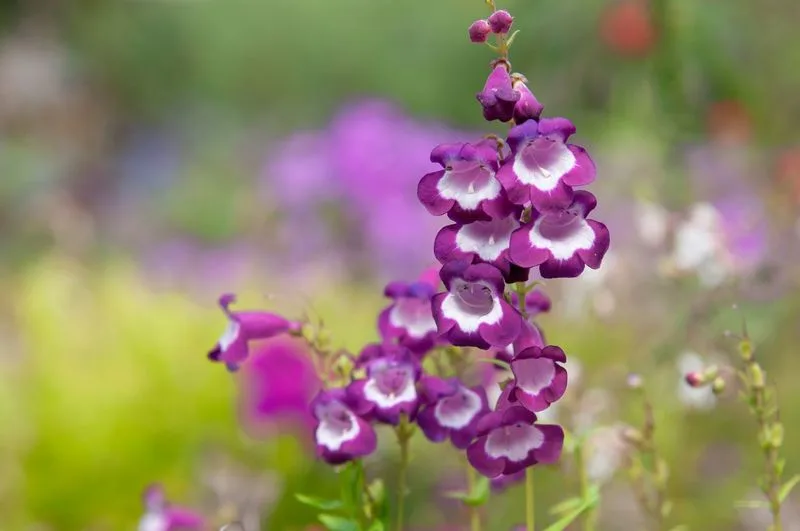
Penstemon, with its tubular pink blooms, adds a touch of elegance to coastal gardens. This perennial thrives in sandy soils and can tolerate the salty winds typical of seaside environments. Known as beardtongue, it attracts hummingbirds and bees, making it a valuable addition to pollinator gardens. Penstemon’s long blooming season, from late spring through summer, ensures continuous color in the landscape. It pairs beautifully with other native perennials, providing both height and texture. Use it in borders or as a standalone feature.
Blazing Star
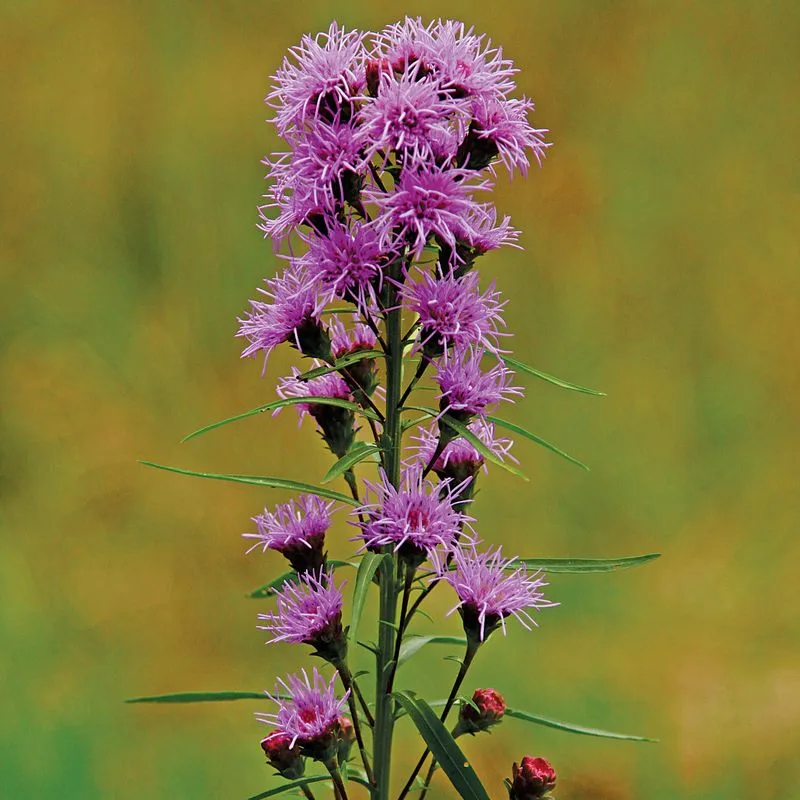
Blazing Star lights up the landscape with tall spikes of purple flowers that seem to reach for the sky. This resilient perennial thrives in sandy coastal soils, where its deep roots anchor it against strong winds. Known also as gayfeather, it’s a favorite among pollinators, drawing butterflies and bees to its nectar-rich blooms. Use Blazing Star to add vertical interest to borders or mass plantings for a dramatic effect. Its stunning floral display and adaptability make it a standout choice for coastal gardens seeking both beauty and biodiversity.

